Changing leaves signal that the growing season is winding down. Here are fall gardening tips for what you should do to prep your landscape for colder months.
As temperatures begin cooling off and daylight hours dwindle, it’s time to finish the gardening season strong by preparing all your plants for winter. Essential autumn chores on your to-do list should include giving permanent plantings such as trees, shrubs, and perennials a little TLC, cleaning up your veggie garden, and winterizing your lawn. A little work now means you’ll have more time in spring for planting vegetables and colorful blooms rather than being bogged down with clean-up tasks and tracking down garden tools. Use our fall gardening tips and checklist to tackle a couple of tasks a day, and you’ll be ready for winter in short order; then you can spend your time browsing seed catalogs while you dream up next year’s garden plans.
Get Your Lawn Ready for Winter
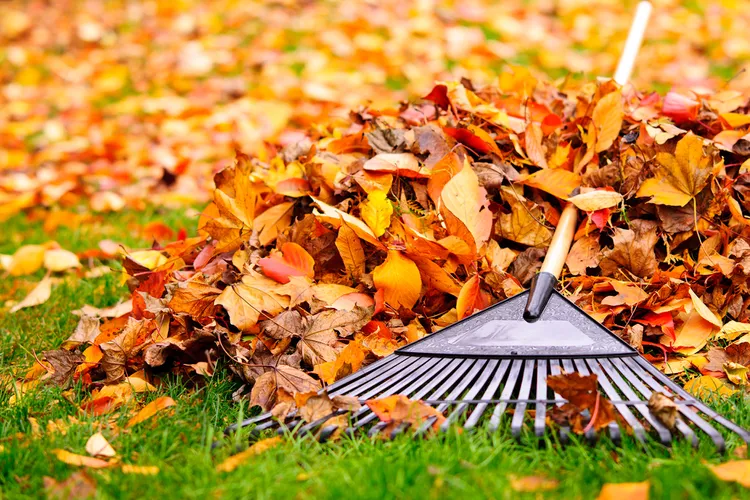
As the weather cools off, autumn lawn care is a combination of clean-up and encouraging new growth. It’s also a good time to help your grass recover from being trampled during backyard games of catch or maybe bocce ball this summer.
So pave the way for lush, healthy grass next spring with these fall gardening tips:
- Deal with fallen leaves. Turf grass won’t tolerate thick layers of leaves well. If you don’t have a lot of leaves, skip raking and mow over them to chop them into smaller pieces that will add nutrients to the soil.
- Seed or lay sod. Cool temperatures combined with late fall rain make for ideal conditions for establishing new lawns or repairs in most regions.
- Aerate your lawn. Plan to aerate high-traffic areas annually to loosen compacted soil; otherwise, every 2-3 years will do.
- Keep up with weeds. Dandelions, clover, and other common lawn weeds will start proliferating as the temperatures cool off in fall.
- Raise your mower blade. Keeping your lawn taller will encourage more root growth, which helps your grass survive the winter better.
Prep the Perennial Garden
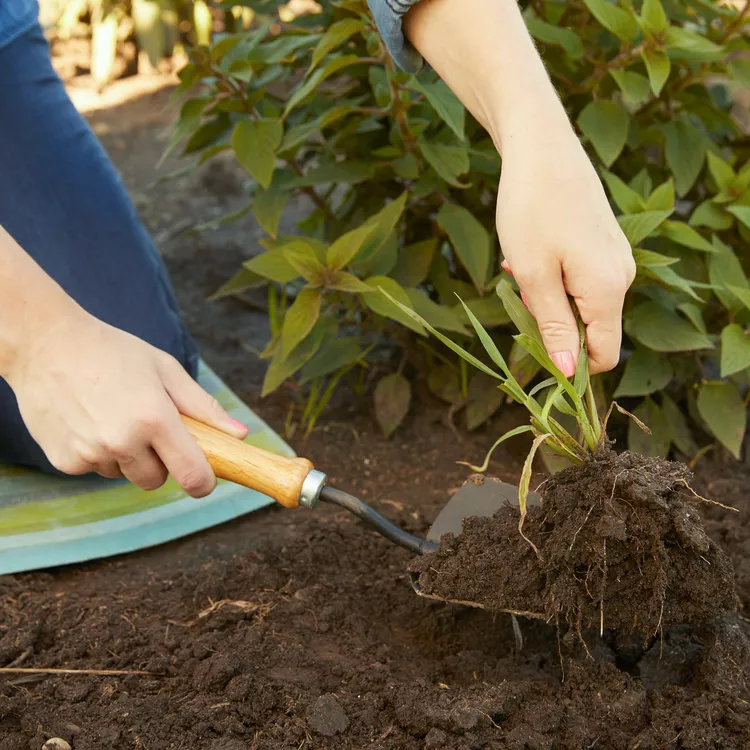
Perennials are garden workhorses. After a long growing season, they’re ready for a winter rest. Stop deadheading in early fall and leave the above-ground parts standing even after frost kills them (unless pests and diseases are an issue). They’ll provide both food and shelter for wildlife. Songbirds will enjoy the seed buffet, and many pollinators like native bees overwinter in standing stems and brush.
Complete the following tasks in your perennial garden in the fall:
- Remove weeds. Clear away as many as possible now so you have fewer to deal with next spring.
- Add mulch. After the ground freezes, add a 4- to 5-inch-thick layer of bark mulch over the crown of perennials planted this growing year and those that are frost-tender in your area.
- Plant spring-blooming bulbs. Tulips, daffodils, and many other spring-blooming bulbs are best planted in late September or October.
- Dispose of diseased or pest-ridden plants. Remove any leaves, stems, and whole plants with diseases or bugs to reduce problems the following year.
- Water once a week if dry. Even though perennials are going dormant in fall, their roots are still actively growing until the ground freezes. Well-hydrated plants withstand winter stresses better.
Refresh Your Vegetable Garden for Next Year
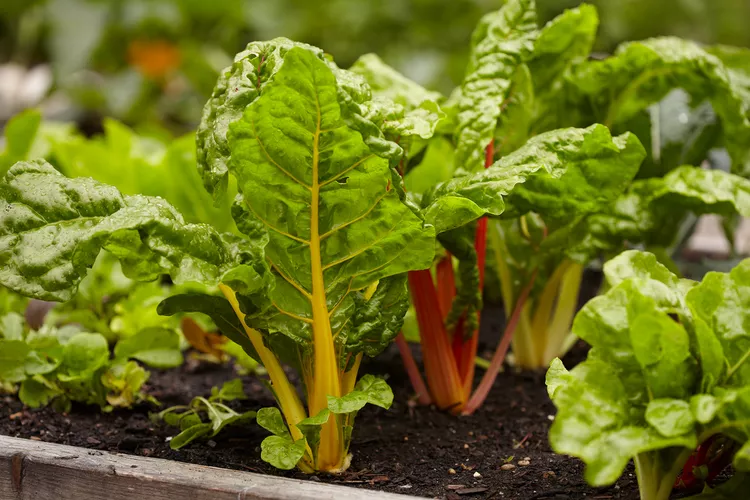
Whether you have an elaborate kitchen garden or a small patch for raising edible plants, things will start to slow down in the fall as you harvest the last of your tasty bounty. Once a few frosts finally bring the growing season to an end, check off these vegetable garden chores to prepare for next season’s harvest.
- Clean out beds. Removing all plant debris helps prevent pests and diseases from overwintering in your garden and returning even worse in spring.
- Put away stakes, labels, and other accessories. As you remove plants, don’t forget to gather items such as labels, stakes, and cages. Store them where they’ll be handy to reuse next year.
- Add compost. Spread a 2- to 3-inch-thick layer of compost over your beds to enrich the soil. No need to till it in; precipitation and soil organisms will do the job for you.
- Plant cover crops. Sow cover crops like mustard, peas, or clover in the fall to prevent erosion. Then turn them over into the soil in spring to add nutrients.
- Expand planting areas. If you’d like to increase your planting space, fall is an excellent time to set up new raised beds or smother grass where you want to create an in-ground bed.
Care for Trees and Shrubs
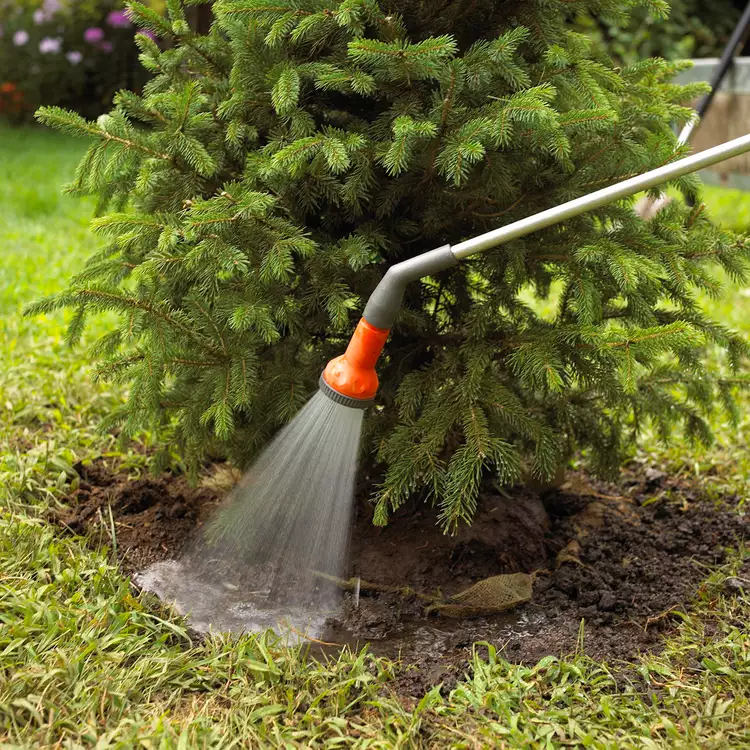
Did you know fall is an excellent time for planting trees and shrubs? This is when you should start that new hedge or establish a new shade tree in your yard because the soil is still warm enough for roots to grow a little before winter. In addition, a little fall care for your established trees and shrubs will help them weather the colder months better.
Follow these fall gardening tips for trees and shrubs:
- Plant new trees and shrubs. Add deciduous trees and shrubs until about a month before the ground usually freezes. You can also plant evergreen species in fall, but they tend to do better when planted in spring.
- Provide plenty of water. Newly planted trees and shrubs—and established ones—will tolerate harsh winter conditions better when well-watered in fall. Likewise, extra water for evergreens is essential in fall.
- Replenish mulch. Add a fresh layer of mulch, such as wood chips or shredded leaves, around trees and shrubs to protect roots from winter temperatures. Keep mulch from touching the trunks to prevent rot and other diseases.
- Prune after dormancy starts. Trimming after September 1 will trigger tender new growth that’s easily damaged in winter. Instead, wait until leaves have fallen from deciduous species before pruning.
- Guard trunks against deer and sun damage. Younger trees and shrubs can be ruined by deer rubbing antlers on the trunks. Plus, their thinner bark can be damaged by sun-scald. Using a tree wrap or guard in fall can prevent both issues.
Organize Your Tools and Gardening Gear

As the growing season winds down, don’t forget to prep your garden tools for winter. Cleaned and refreshed, your favorite garden helpers will be ready when you are, come spring.
- Clean hand tools. Remove dirt, then place the metal ends of trowels, weeders, and other tools in a bucket of sand laced with vegetable oil.
- Sharpen blades. Pruners and loppers can get dull with lots of use, as can shovels and spades. And don’t forget mower blades. Use a file to restore their sharp edges. Then coat with a bit of vegetable oil to prevent rust over the winter.
- Drain hoses and irrigation lines. Before freezing weather sets in, remove any water from your garden hoses and irrigation tubing.
- Prepare small engines. Drain gas lines of mowers, weed whackers, and tillers. Change oil as needed before storing machines in dry, covered spaces for winter.
- Clean out sprayers. Empty and wash out your spraying equipment with soap and water, inside and out. Rinse and allow to air dry before stowing them away for the winter. And if you have leftover chemicals, store them in a safe place where they won’t freeze.
Clean Up Annuals and Containers
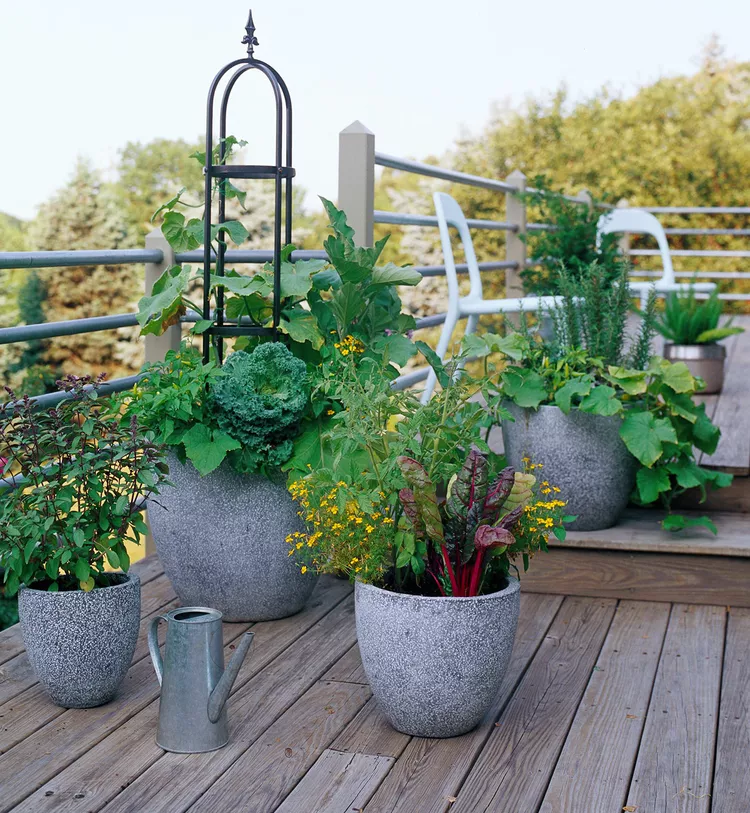
Colorful annuals are often the first plants to succumb to frosty fall weather. Once a hard frost does them in, you’ll want to tidy up planting beds and pots to be ready to fill again next spring.
- Empty containers. The freeze and thaw cycle can crack containers, especially those made of clay left full of potting mix. After cleaning them out, store your pots and planters in a protected, dry area like a shed or garage.
- Clean out flower beds. Once frost withers the zinnias, petunias, and marigolds in your garden beds, it’s time to pull them up so your planting space will be ready for new flowers in spring.
- Collect and store seeds. You can save seeds of many kinds of popular annuals, such as celosia, petunia, cosmos, and nasturtium. Place each type of seed in a labeled envelope and stash them in a cool, dry place until sowing them in spring.
- Dig up tender bulbs. Cannas, dahlias, caladiums, and several other tropical bulbs and tubers will not survive winter in northern regions. Dig them up shortly after the foliage turns brown in fall and store them in a cool, dry place for planting outside next spring.
- Take cuttings to grow indoors. Snip sprigs of flower bed and container favorites such as coleus, geraniums, and sweet potato vine before temperatures get below 50˚F. They’ll root easily in water, providing a little indoor winter color. You can even keep them going long enough to plant outside again in spring.


